This fact file should help quench your thirst for knowledge regarding some of the more popular animals in the world
Humans have long been fascinated with the animal world, with zoos, safaris and nature trails being popular pastimes for people all over the world. However, watching these animals in captivity or in supervised parks doesn’t really provide an insight into how some animals live. This fact file should help quench your thirst for knowledge regarding some of the more popular animals in the world.
Apes
People often think apes and monkeys are the same, with just size being the difference. However, as well as having completely different physical characteristics, apes have a different ancestral history to the monkey.
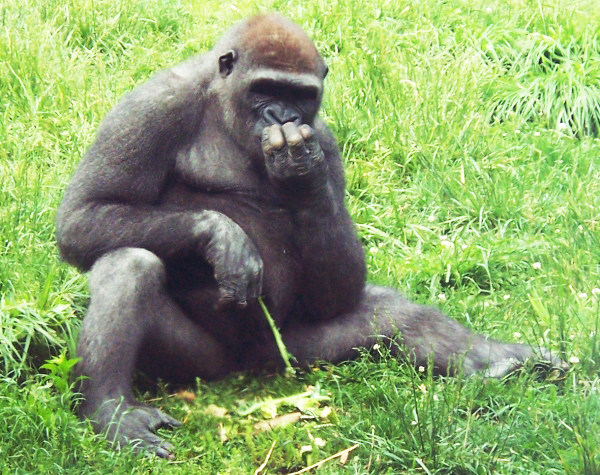
Gorillas, orangutans, chimpanzees, gibbons and bonobos are all members of the ape family, which consists of around 16 species.
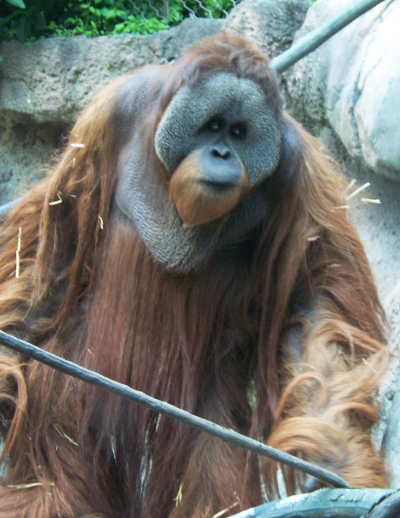

The average lifespan of an ape is anywhere up to 50 years, with several apes living longer in captivity. Apes are probably the most human-like animal in existence, and have similar characteristics, such as thumbs.
Camel
The camel is a large animal, usually found in Africa and Asia where they are used for transport and carrying heavy loads.
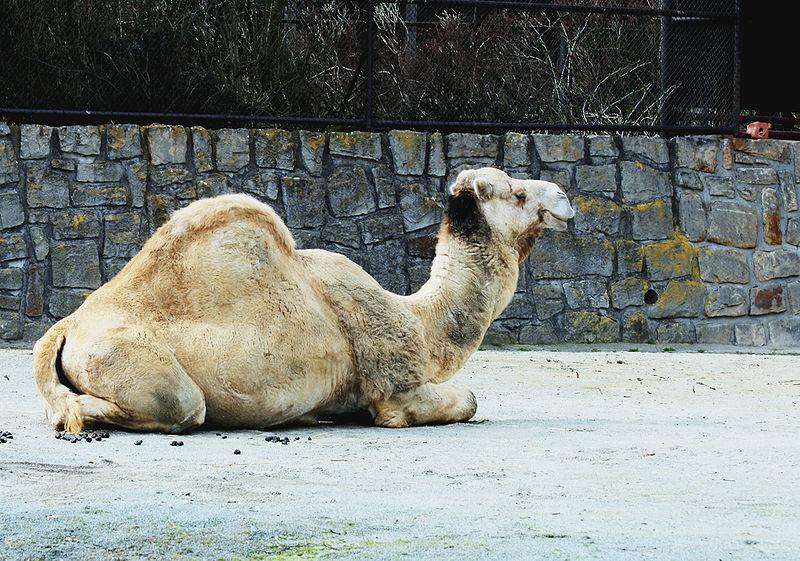
Known for being hot-tempered, the camel grows a thick woollen coat in winter. This coat is shed in the spring and used by locals to make anything from handbags and coats, to ridiculously expensive shoes. Camels are most commonly known for their humps, which are actually just great hulks of fat.
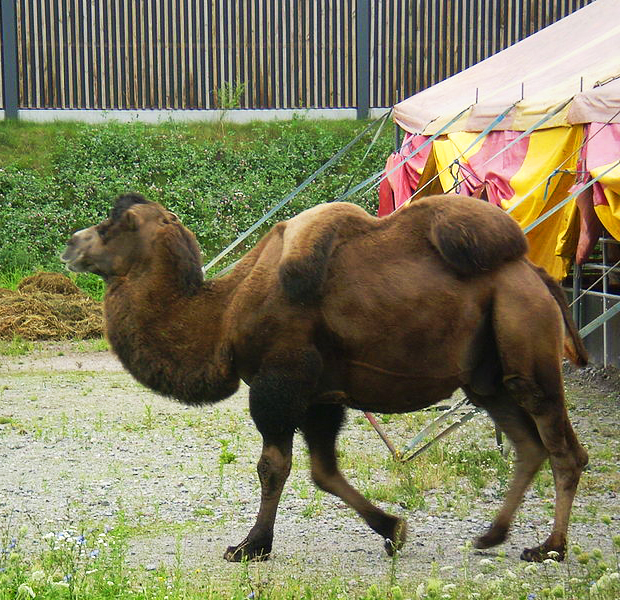
A popular misconception is that these humps hold water for the camel, helping to keep the animal hydrated – this is not true. However, camels are able to go without water or even food for up to three days.
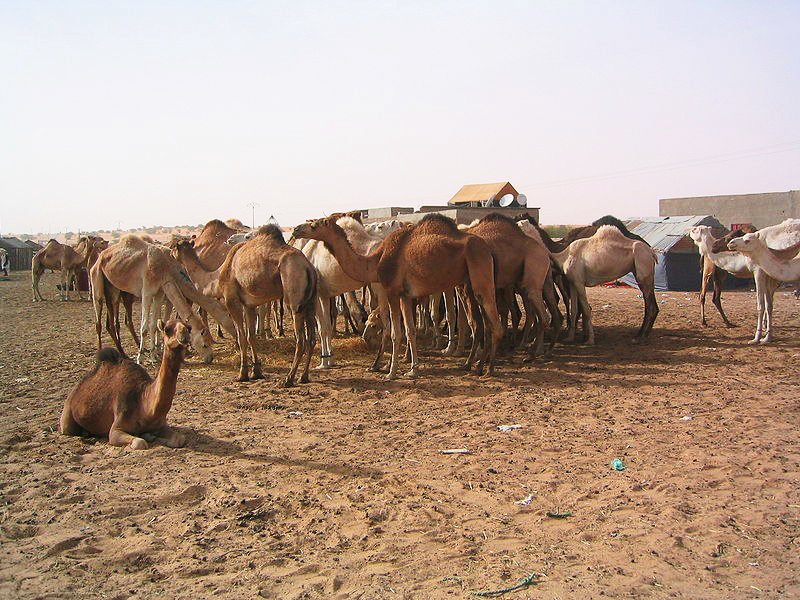
Cheetah
The cheetah has a slender body and fur covered in black spots. This beautiful animal is best known for being the fastest animal on earth, with the average male cheetah reaching speeds of 65mph.
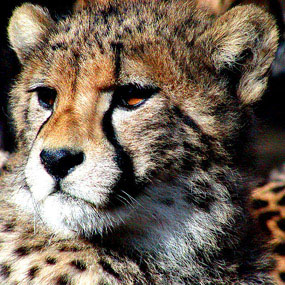
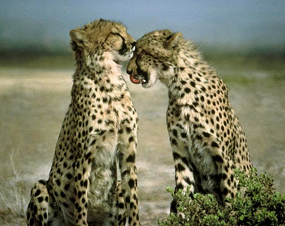
Belonging to the cat family, a cheetah will snarl, growl and even hiss when feeling under threat. Despite the cheetah’s threatening demeanour, it has no natural enemy and will only attack humans when feeling threatened. In fact, cheetahs and humans have a mutual respect for each, which dates back to 3000 BC when cheetahs were often trained by humans to carry out a variety of duties.
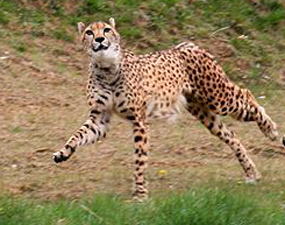
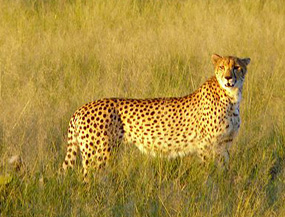
While male cheetahs tend to stick together in groups or packs, the female cheetah is a loner, a solitary hunter who remains completely independent from the other animals.
The pictures above of the cheetah are borrowed from the page here.
Dolphins
Related to the whale family, dolphins have a beaklike snout, a rostrum, which contains the dolphin’s cone-shaped teeth. The dolphin is generally considered to be the most intelligent of all sea mammals, which stands them in good stead when looking for food and outwitting their predators.
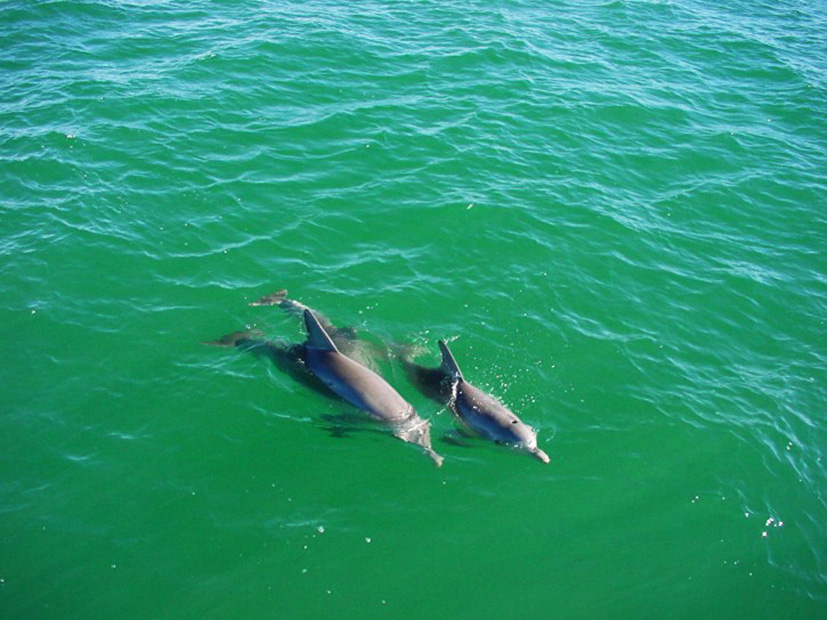
Porpoises are smaller than dolphins and have a triangular dorsal fin, although some porpoises have no fin at all. Dolphins communicate using high frequency squeal-like sounds, much of which are able to be heard by humans. Sadly, while dolphins are not really hunted, they are often caught in fisherman’s nets where they are left to die.
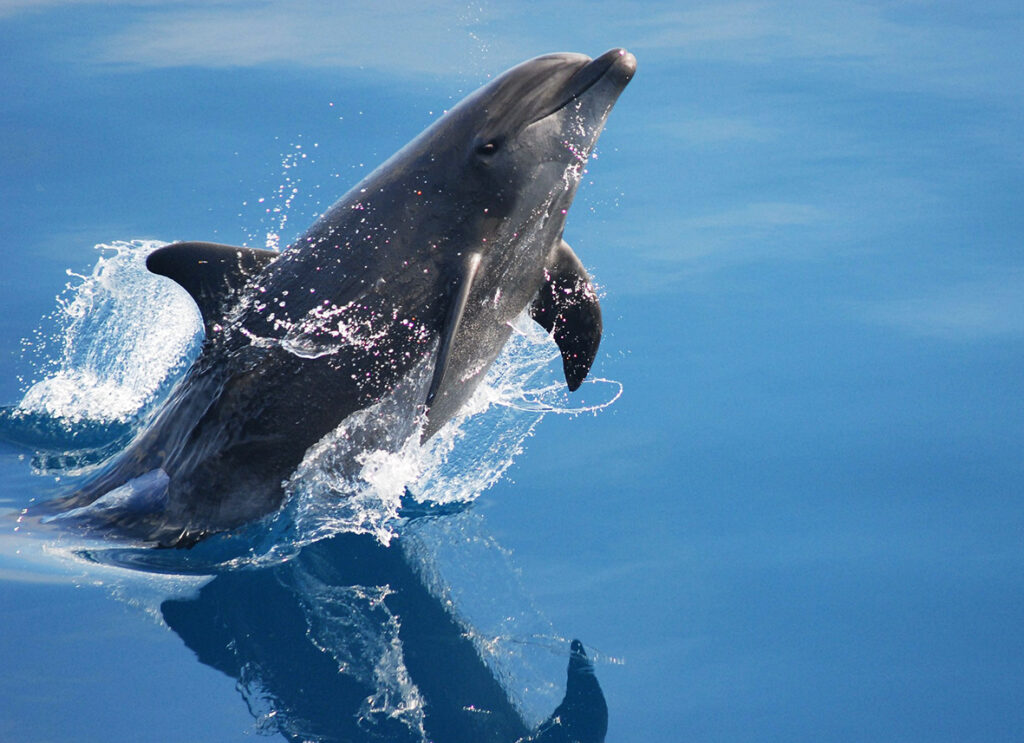
There are around 38 different species of dolphin including, the bottlenose, the hourglass, the spinner and the Chilean.
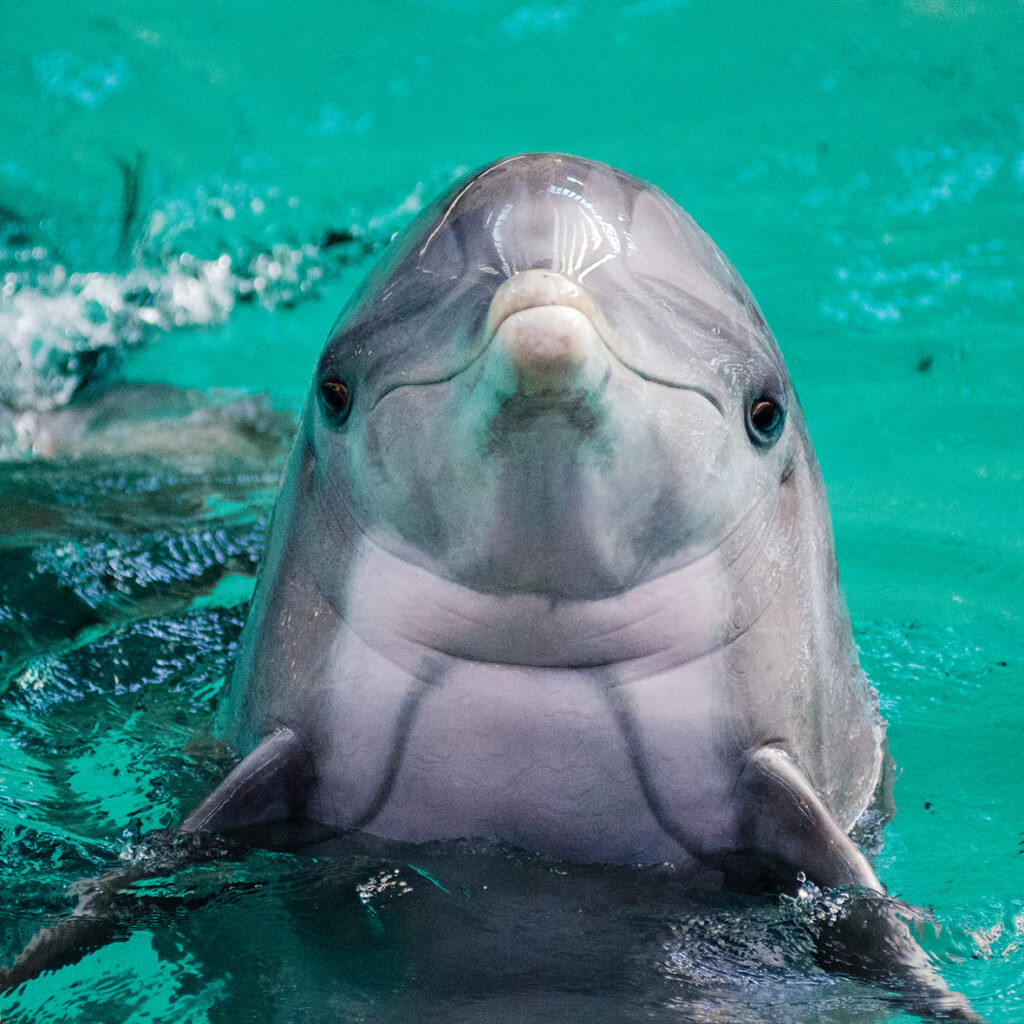
Dolphins have one baby, which they bring up similarly to humans, teaching the baby to talk and hunt.
Giant Squid
The giant-squid has an impressive ten tentacles, small triangular tail fins and a sleek tapered body. Found off the North American Atlantic coast, these strange looking molluscs are regularly used for bait by cod fisherman. The giant squid has a huge head, which houses an impressive brain making them known for their intelligence. Two of the squid’s ten tentacles are used exclusively for feeding and it also has two hearts. Giant squids can grow up to 60 feet and weigh a staggering 1000lbs. sadly; giant squids only live for around 12-months and usually die after mating.
Kangaroo
An herbivore marsupial, the kangaroo has a long tail, soft fur and powerful hind legs.
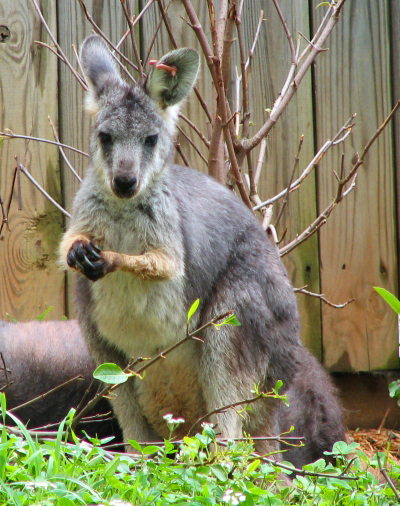
Despite having extreme power in their back legs, their front legs are small and feeble. The largest of the marsupial family, the female kangaroo has a pouch at the front of her body that she uses to carry her young.
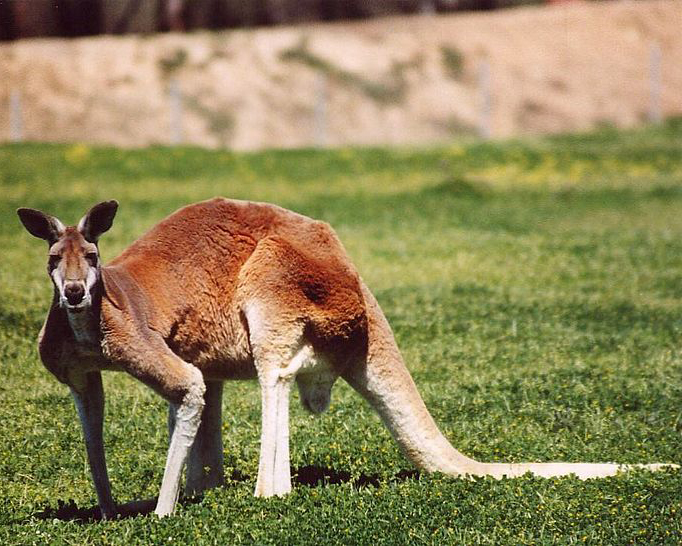
The average kangaroo grows to 1.5 meters, although the Rat kangaroo species only grows to about 25 cm. Surviving on a diet of ferns, grass and tree leaves, the kangaroo has an average lifespan of 16-years.
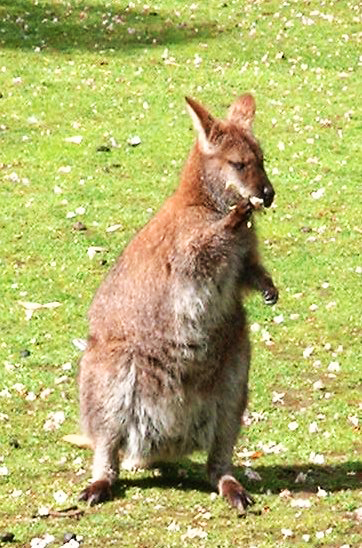
Llamas
A relative of the camel, the llama is a small cud-chewing animal with no hump.
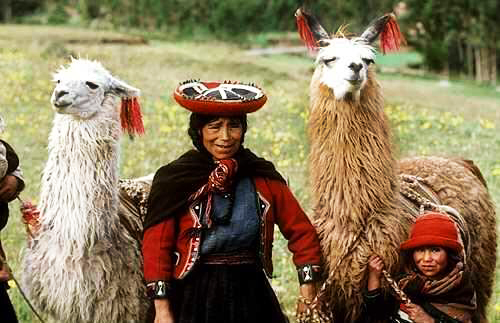
Although llamas are most commonly brown, they do actually come in a variety of colors including black and white. The llama’s natural habitat is grasslands and mountainous areas, and their diet consists mainly of ferns and grass. Llamas have a relatively long life-span, with the average animal living for 30-years. Surprisingly, llamas are extremely intelligent animals, with humans teaching certain llamas how to do a number of tricks. Female llamas give birth to one young at time, which they usually do while standing up.
Viper
Vipers have venom-filled sacs at the side of their mouth, making them one of the most venomous snakes in the world.
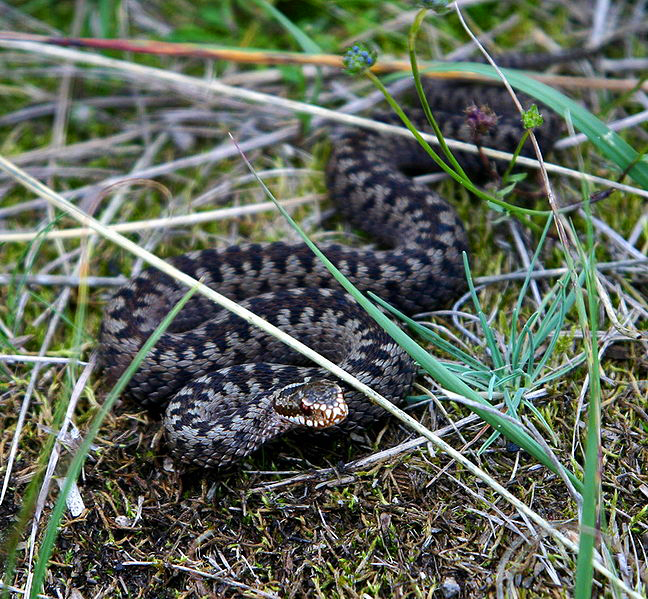
Most amazingly, vipers can eat prey three times larger than themselves, thanks to special tendons in the viper’s mouth that allow it to stretch. Vipers love damp areas, and are most commonly found on the floor of rainforests.
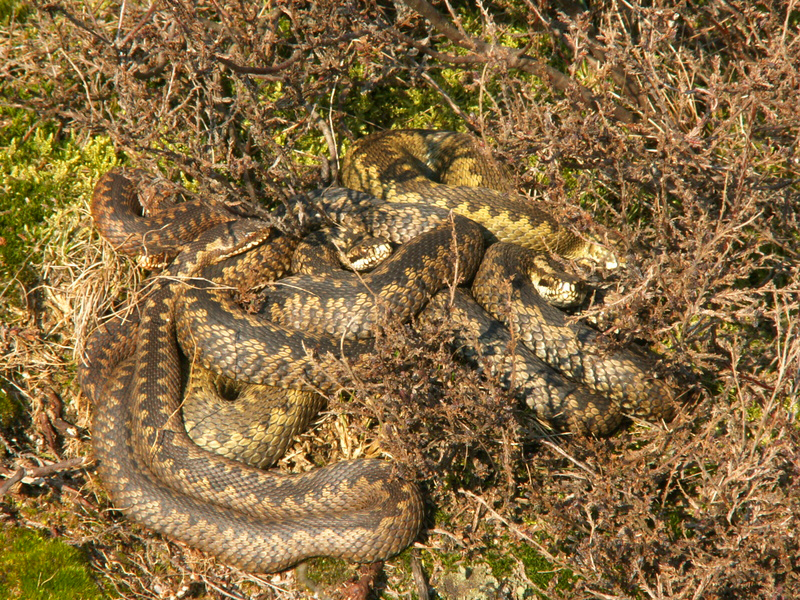
With an average lifespan of eight years, the viper is responsible for two-thirds of all snake bike-related deaths in the world. A viper will rarely use its venom to intentionally harm a human; instead it will issue just enough venom to subdue the threat. When hunting for prey the viper is less respectful and releases the venom from its sacs in doses largest enough to kill its target.
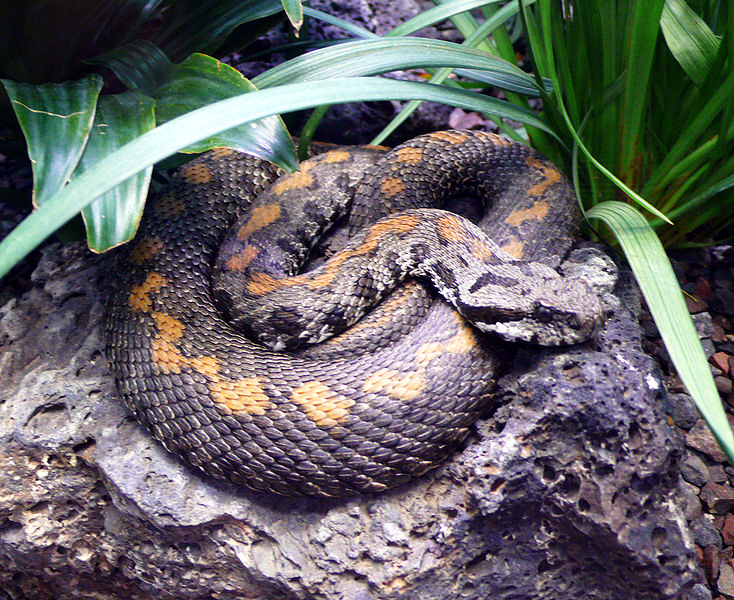
I can recommend some other sites and pages about animals:
Clipartqueen’s Animal Facts with facts and photos of elephants, dolphins, owls, penguins, wolves, dogs, eagles, octopi and a lot more.
Some of the pictures on this page, the photos of vipers, apes,camels are from Wikimedia.commons, and they are all public domain.
The rest of the photos are from the pages with pictures of dolphins and they are very close to public domain. You can read more on the Homepage for the rules of use for these pictures.
You can also find a lot of beautiful pictures on morguefile.